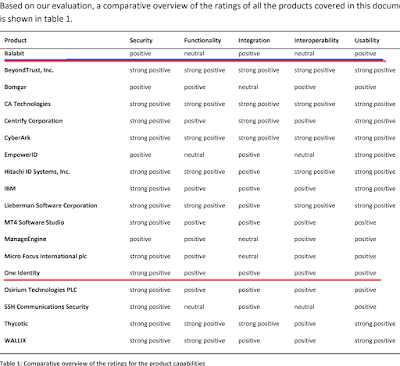In some projects, we build our own Access Request Portal on top of Identity Management products out there in the market.
Reason is simple - To Increase User experience!
From our observation, some IDM products are just too complex, too heavy; some IDM products lack features required by customers.
And since more and more IDM products are exposed by REST, it makes it compelling to build our own Access Request Portal.
We build a Access Request Portal that is lean and fast. No unnecessary features just to make Gartner happy. (You don't agree? Ha! )
In one of our projects, the CIO took a look at the User Profile tab and explore how we build the Password module. He didn't like what we have built. He has a strong view on what is a Strong Password. He even sent my team this to read up - Science Can Help You Choose a Better Password. Complexity isn't as important as you think.
So we stripped the original Password module and incorporated Password Meter.
Password Meter is pretty cool. It will "score" your password quality as you type in and give you advice immediately.
My team did it better! As Password Meter is open-source and published in GitHub, we enhanced it to support multi-languages.
What's next is for the team to tidy up the sources and offer them back to the community.
That's the beauty of open-source! Some just don't get it. Money is never enough.
.














